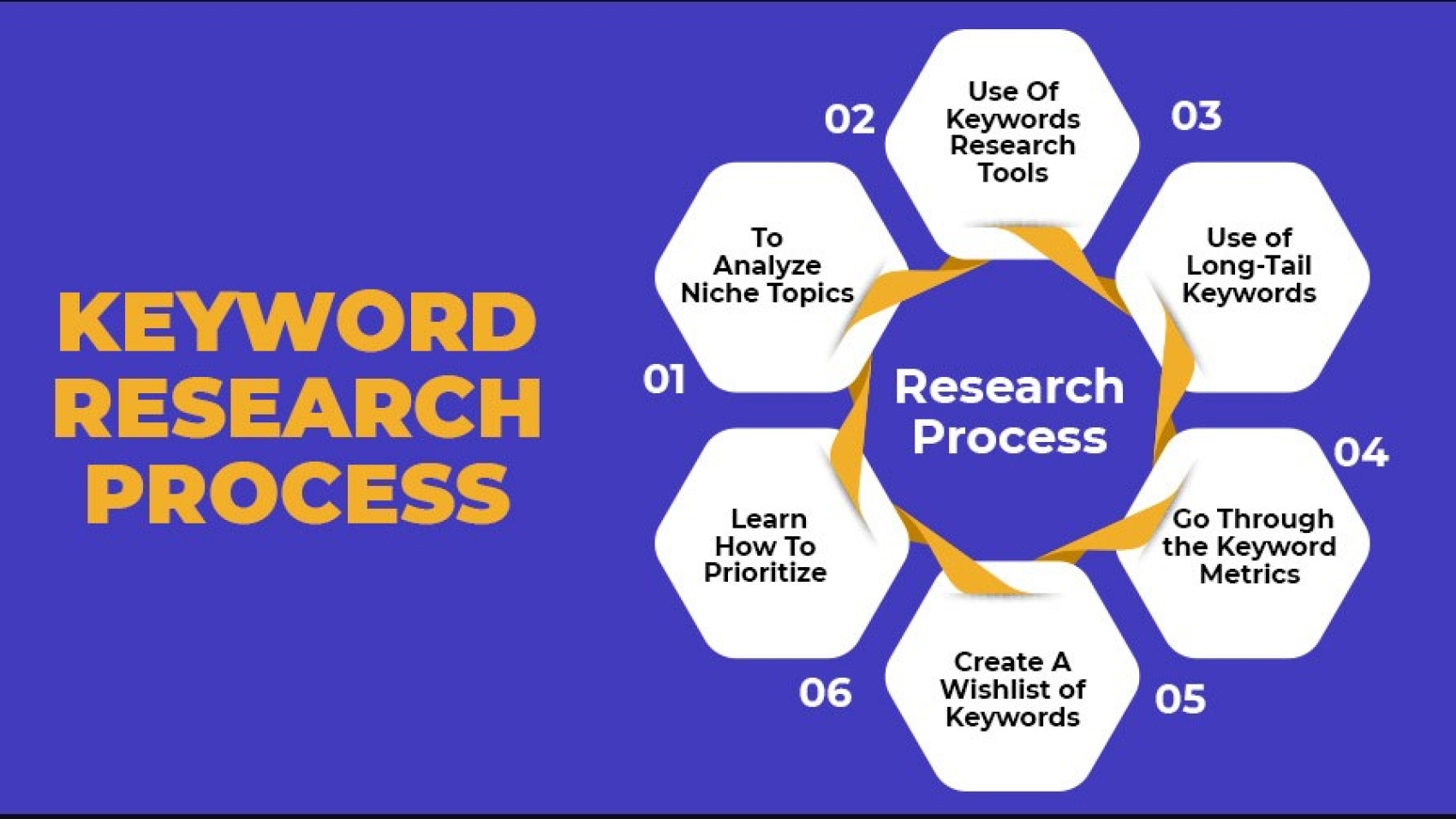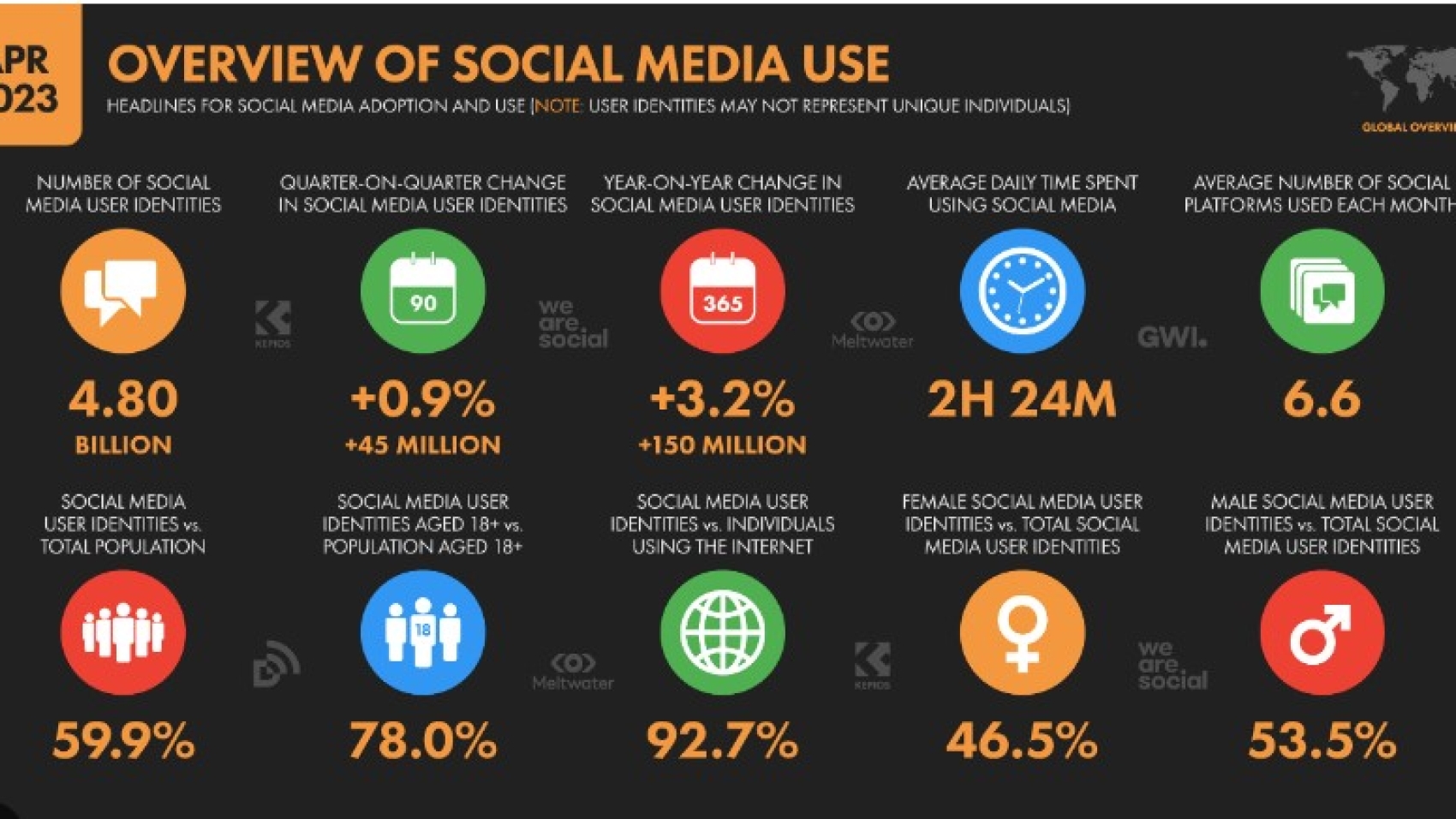If you have a web project, you know how important it is to choose a good hosting for positioning. You may have searched with these two words together, SEO hosting, intending to find one that will help you boost the SEO of your website.
But this type of hosting does not work miracles, and you must consider a series of details when choosing. Let’s start by explaining what SEO hosting is.
What is SEO hosting?
In reality, SEO hosting is a server that allows you to have several different IPs on the same server. This is very important when you want to create a network of blogs that feed each other because if they are all hosted on the same site and share an IP, Google will notice.
What is the problem with creating a network and not having hosting that allows multiple IPs? Google’s algorithms and other search engines will think you are trying to trick them into giving relevance to your content. You may receive a penalty, and instead of improving your position, you will be left further behind.
An alternative is to contract several hostings with different IPs, although the cost can be very high. It is better to choose SEO hosting, which allows you to integrate several IPs as if the blogs were on different sites.
Do all hosting providers have it?
The answer is obvious: no. Few providers have an SEO hosting service, although this is starting to change. Leaders are beginning to develop this type of hosting to facilitate the work of those who want to set up a blog network, for example, for niches.
Ask before hiring hosting if it is this type. If not, look for another provider that provides it because although you can migrate later, it is better to do it from the beginning.

Key Factors to Consider When Choosing SEO Hosting:
Once you have located the SEO hosting, make sure it meets a series of requirements in addition to providing different IPs:
- Server Location: Opt for a hosting provider with locations that align with your target audience. This can positively impact your website’s loading speed and SEO, especially for local search.
- Server Uptime and Reliability: Choose a host known for high server uptime (ideally 99.9% or higher). Frequent downtime can negatively affect your website’s rankings.
- Page Loading Speed: Fast-loading websites tend to rank better. Ensure your host offers optimized server configurations and content delivery networks (CDNs) to boost loading speeds.
- SSL Certificate: Google considers SSL encryption as a ranking factor. Ensure your host provides accessible or affordable SSL certificates for secure HTTPS connections.
- Technical Support: Responsive and knowledgeable customer support is essential. In case of issues, having a support team that can assist promptly is invaluable.
- Scalability: Your hosting should be able to accommodate your website’s growth. Ensure your provider offers scalable plans to meet your evolving needs.
- SEO Tools: Look for hosting providers that provide SEO-related tools and features, such as website analytics, SEO plugins, and access to search engine submission tools.
- IP Diversity: Some SEO strategies involve linking between websites on different IP addresses. A host that offers diverse IP options can be beneficial for such designs.
- Content Management System (CMS) Compatibility: If you’re using a specific CMS like WordPress, ensure that your hosting provider is compatible with it and offers one-click installations.
- Reviews and Reputation: Read reviews and seek recommendations to gauge the reputation and performance of hosting providers in terms of SEO.
- Budget: While cost is a consideration, prioritize the hosting quality over the lowest price. Cheap hosting may compromise your website’s SEO potential.
- Security Measures: A secure hosting environment is essential. Look for hosts that offer security features like firewalls, regular backups, and malware scanning.
Private Blog Networks (PBNs) and Their Relationship with SEO Hosting
1. PBNs (Private Blog Networks):
- A PBN is a network of websites or blogs created to boost the SEO performance of a target website. The same individual or entity typically owns these websites within the network.
- PBNs manipulate search engine rankings by building backlinks from the network’s sites to the target site. The idea is to artificially inflate the target site’s authority and improve its search engine rankings.
- PBNs have been a controversial and often frowned upon SEO tactic because they can be used to manipulate search results. Google and other search engines consider such practices against their guidelines.
2. SEO Hosting:
- SEO hosting refers to web hosting services marketed as optimized for SEO purposes. These hosting providers often offer features and services that benefit SEO efforts.
- SEO hosting providers may offer unique IP addresses, server locations in various geographic regions, and other features to improve website SEO.
Relationship Between PBNs and SEO Hosting:
- IP Diversity: PBNs may benefit from SEO hosting that provides diverse IP addresses. When building a PBN, having websites on different IP addresses can make it less noticeable to search engines that the network is artificially created.
- Hosting Multiple Domains: SEO hosting plans often allow users to host multiple domains on a single hosting account. This can be appealing for those managing PBNs, as they can consolidate hosting services for their network of websites.
Caution and Considerations:
- While PBNs and SEO hosting may intersect regarding IP diversity and domain management, it’s important to note that using PBNs is a risky SEO strategy. Search engines like Google actively seek out and penalize websites associated with PBNs when they detect manipulative link-building practices.
- Using PBNs to manipulate search rankings can lead to severe consequences, including de-indexing or penalizing the target site. Google’s algorithms are continually evolving to detect such schemes.
- Many reputable hosting providers do not support or allow PBNs on their platforms. Attempting to use PBNs on these hosts may result in account suspension or termination.
Final Thoughts:
While SEO hosting and PBNs share some common considerations, it’s essential to approach SEO ethically and within the guidelines set by search engines. Building a sustainable and legitimate SEO strategy focusing on high-quality content, user experience, and white-hat link-building techniques is more advisable for long-term SEO success.
At SerpRisers, we are leaders in the sector, and we can advise you if you want to hire SEO hosting or manage it ourselves.



















